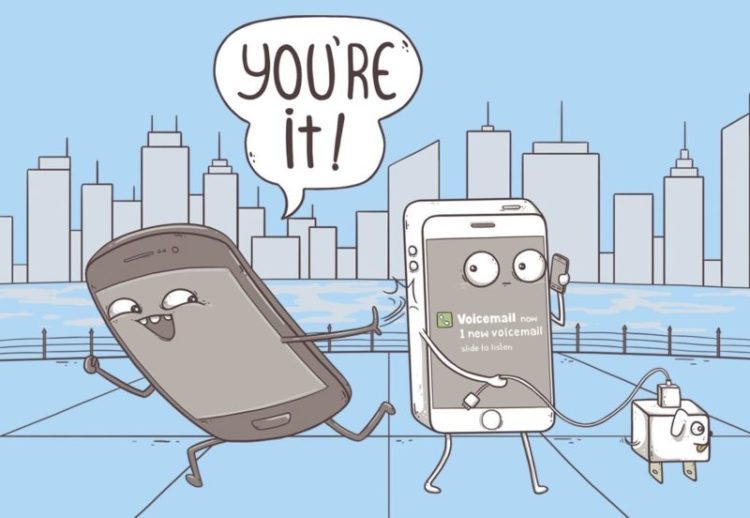Modern advances in technology constantly disrupt a range of industries, and human resources and recruitment is no exception. HR technology has become an integral tool to distribute job postings internationally and match companies with quality job candidates around the world.
Pereless Systems, an applicant tracking system (ATS) for enterprise recruitment management, provides access to hundreds of job boards through partnerships with third party integrations. The ATS provides one centralized platform for a variety of recruitment and hiring processes, from job distribution to onboarding.
5 years ago, Pereless partnered with ZipRecruiter, an easy-to-use marketplace with 100+ job board partners that is used by millions of job seekers every month.
This partnership was more than just an integration. The two companies built innovative tools for ATS clients aimed at producing greater exposure for job postings and improving candidate flow and hire rates.
The integration also gives Pereless clients free access to the ZipRecruiter platform. Once a Pereless job post is created, clients can select to upload the job listing directly to ZipRecruiter.
The free organic feed provided by ZipRecruiter is priceless for Pereless clients. Access to the ZipRecruiter organic feed brings all active jobs from the Pereless’ ATS over to ZipRecruiter, exposing every job posting to more qualified candidates and increasing overall traffic to clients’ websites.
With increased visibility comes greater exposure to quality candidates. Opt in to the free ZipRecruiter traffic feed to find your perfect hire.















